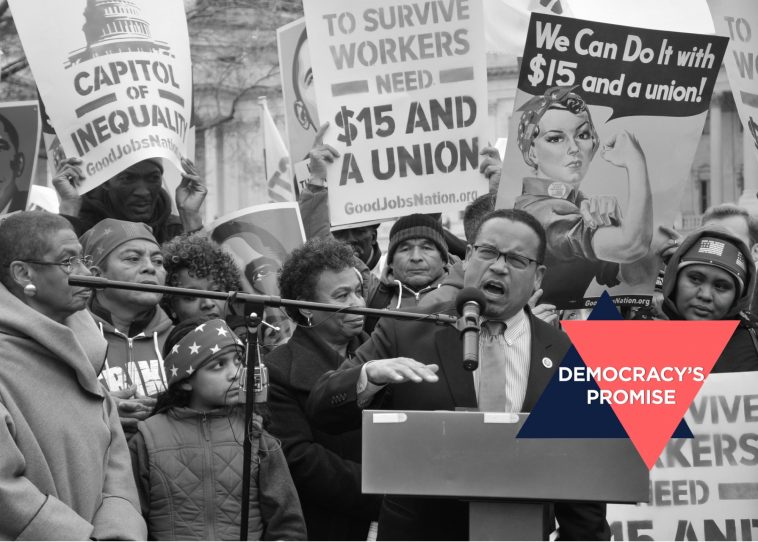In 1982 the Communist Party of Kampuchea, or as it was more commonly known the Khmer Rouge changed its name to the Party of Democratic Kampuchea. The party led the Coalition Governmejt of Democratic Kampuchea, and for a time at lest was still run by Pol Pot.
As peace talks began the party changed into the Cambodian National Unity Party and was poised to take part in the 1993 elections. Its leader Khieu Samphan had previously been the head of state of Democratic Kampuchea, although not the leader (which was Pol Pot).
In 1993 leader Khieu Samphan (AKA Brother Number 4) the Cambodian National Unity Party and most importantly its armed forces boycotted the election to form the unrecognized Government of National Union and National Salvation of Cambodia.
This government continued its existence until 1998, but after after several key defections.
The first defection was of Ieng Sery in 1996, who as part of his return to civilian life formed the political party the Democratic National Union Movement from his base in Pailin.
Ieng Sery claimed neutrality and denounced his former colleagues as “fascist”, despite his high ranking in the Khmer Rouge.
There was no real platform to the party, other than it supported “limited democracy” quoting Singapore, Japan, and Thailand as examples.
The party built up close ties with the Cambodian Peoples Party (CPP), but instead of running against them they were essentially given Pailin. It is estimated that up to 70% of the residents of Pailin are ex-Khmer Rouge cadres. Pailin has since been made a province and is now largely run by ex Khmer rouge members of the Cambodian Peoples Party (CPP).
Whilst Ieng Sery was due to face charges at the special tribunal for Cambodia, he died before ever facing justice at the ripe old age of 87.
